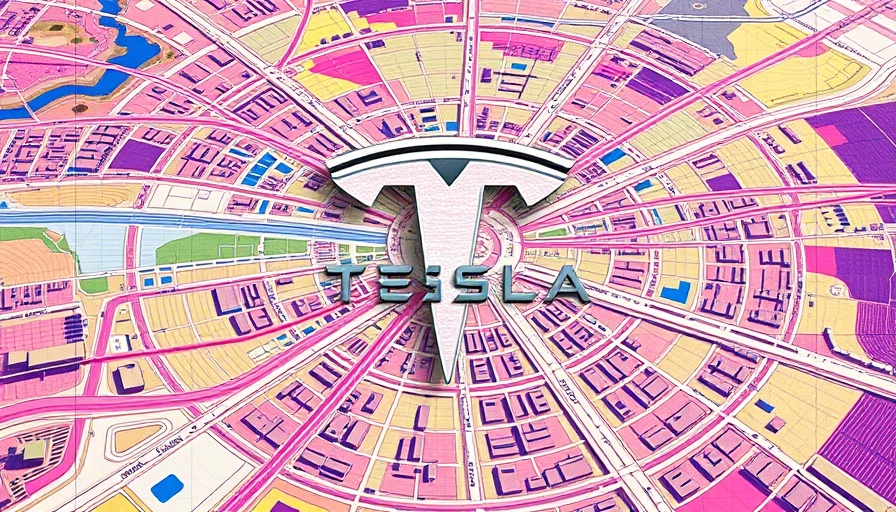
The Distant Horizon of Tesla's Self-Driving Dreams
In 2015, Elon Musk boldly claimed that Tesla would achieve full autonomous driving capabilities by 2017—an assertion that has increasingly seemed more like a distant fantasy than a strategic milestone. As we move through 2025, Tesla has made substantial advancements in technology but has seemingly stagnated in reaching the coveted SAE Level 5 autonomy. The excitement surrounding Tesla's prospects is now tempered by a stark reality: the renowned electric vehicle leader has yet to deliver on its ambition of having cars that can drive entirely without human intervention.
Understanding SAE Levels: Where Does Tesla Stand?
The SAE's classification system lays down the parameters for autonomous driving capability, ranging from Level 0 (no automation) to Level 5 (full automation). Currently, Tesla's vehicles operate at Level 2, which allows drivers to remove their hands from the wheel during certain driving conditions. However, incidents triggered by users overestimating these capabilities compel a deeper dive into the potential risks of this technology.
Competing Technologies: Is Tesla Losing the Race?
During a recent interview on the Gobinath Podcast, Ashok Elluswamy, head of Tesla's Autopilot and AI software, conceded that the company is lagging behind competitors like Waymo, which is already proving its effectiveness in autonomous driving operations. As Elluswamy stated, “We are lagging by maybe a couple of years.” This candid admission raises critical questions not only about Tesla's innovation strategy but also about its future outreach as a competitive tech entity.
The Impacts on Small Business Owners
For small business owners, Tesla's delayed self-driving capabilities might signal mixed implications. On one hand, promises of autonomous commercial fleets could eventually revolutionize logistics, transportation, and product delivery. However, on the other hand, delays could mean missing out on turning potential advantages into actual business opportunities, leaving firms reliant on traditional methods.
What Does This Mean for the Future of Self-Driving Technology?
Experts project that significant challenges remain in terms of scientific barriers needed for Level 4 operation and above. Greg McGuire from the University of Michigan states, “At [UofM], we still think there's a couple of key scientific barriers.” As consumers and businesses alike await these technological advancements, it’s crucial to keep expectations grounded, particularly in an industry where code and algorithms frequently shift the landscape.
Actionable Insights for the Entrepreneurial Mind
So how can small business owners navigate this turbulent terrain? It begins with understanding the current state of the industry. Staying informed about Tesla’s progress—or lack thereof—can help business owners prepare for future shifts. If autonomous logistics becomes a reality, earlier adopters of such technology may find themselves at a significant advantage. Meanwhile, those who remain aware of the pitfalls and challenges will be better positioned to strategize effectively and adapt.
Beyond Tesla: Exploring Other Innovators in the Space
While Tesla dominates headlines, it’s essential for business owners to explore the broader landscape of autonomous technology. Companies like Waymo and Cruise are making strides and could ultimately influence market dynamics more than Tesla if they achieve successful rollouts earlier. Understanding these emerging players will help entrepreneurs gauge where to invest and direct their workforce.
The horizon of full self-driving technology remains a tantalizing yet elusive goal. As Tesla continues to aspire for excellence, stakeholders will need to strike a balance—embracing innovation proactively while recognizing the hurdles that lie ahead.
In conclusion, navigating the complexities of self-driving technology requires a keen eye on both advancements and delays. Small business owners should actively monitor developments and be prepared to pivot accordingly. The promise of autonomous vehicles is monumental, but bridging the gap between vision and reality will take time, collaboration, and perseverance.
 Add Row
Add Row  Add
Add 




Write A Comment